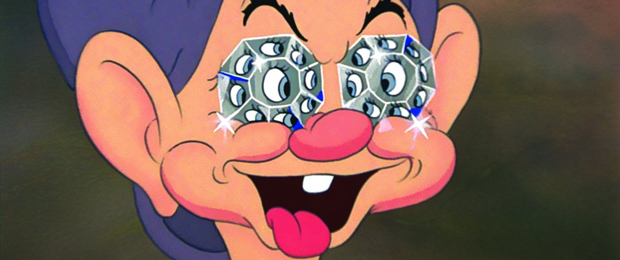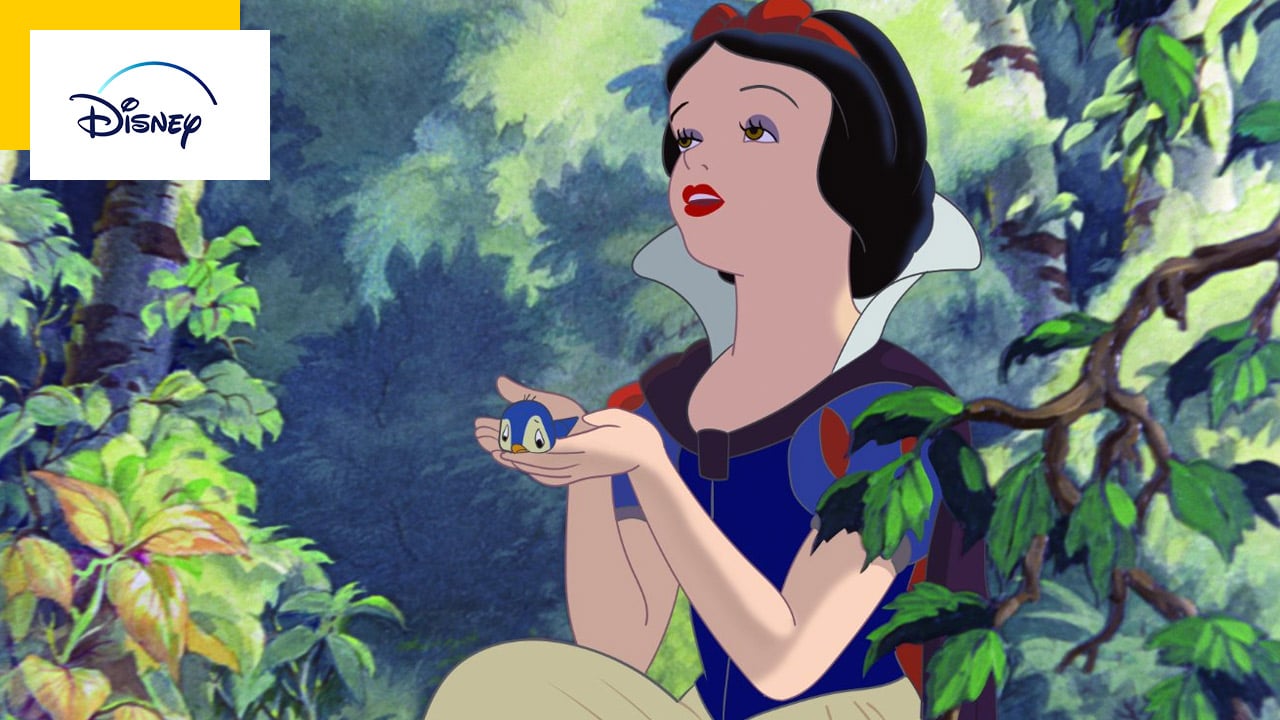It was with “Snow White and the Seven Dwarfs” that the Disney firm massively launched the practice of derived rights. Even if it means selling a bit of everything, and sometimes anything…
Walt Disney’s imprint – and influence – on the cultural world is truly gigantic, beyond measure. While the general public undoubtedly knows certain anecdotes related to Mickey Mouse’s dad, highlighting his creative genius, his visionary spirit and his keen business sense, the latter has also more than once put his company in financial difficulty, and even on a personal level. To be able to produce Snow White and the Seven Dwarfs, for example, he had completely mortgaged his house.
When he decided to embark on the creation of this animated feature film, everyone cried suicide. An ambitious and above all colossal task, which will mobilize no less than 750 people for four years. The production of the film alone took 18 months.
Extravagant – but necessary – delays which also logically exploded the initial envelope of the film. Initially budgeted at $150,000, production costs soared to $1.4 million.
This is to say if Walt Disney believed hard as iron in his lucky star. The result was a theatrical triumph: in its first three months of operation, Snow White and the Seven Dwarfs attracted more than 20 million spectators. In 1939, Disney even received a special Oscar for the film, a real technical feat.
Aggressive Marketing
But Disney had one hell of an extra trick up its sleeve: it’s with Snow White and the Seven Dwarfs that the firm launched massively – and aggressively – the practice of derivative rights, consisting in collecting a percentage on the use of characters. In a book published in 2022 and written by author Emily Zemler, Disney Princess: Beyond the Tiara: The Stories. The Influence. The Legacyshe returns in particular to this aspect about the film.
In fact, Disney had this policy in place even before the movie hit theaters, allowing nearly 2,000 products that mentioned Snow White to be sold. To develop his merchandising war machine, in 1932 he had hired a famous commercial agent and real advertising ace, Kay Kamen. For three years, he supervised the creation of thousands of objects created around Mickey Mouse. It was he who launched, for example, the famous Journal de Mickey, in 1933.
The Walt Disney Company
A year before the release of Snow White and the Seven Dwarfs, Kamen began to set up his marketing strategy around the film. It was a real novelty: previously, traditionally, the merchandising related to films was done after their releases. And again, only those that were deemed worthy of interest.
“It changed the whole merchandising business. Suddenly there was more conversation about the movies, about what was to come, about the characters. People got used to having the merchandise available as soon as they realized the movie was something they were interested in” comments Libby Spatz, chief archivist of the Disney group’s merchandising department, quoted in a fascinating article by the Polygon website devoted to the subject.
And when we say flooding the market and homes with Snow White merchandise, that’s not an empty phrase. Everything, absolutely everything happened. Drifts that are also reminiscent, a few decades later, of those around the Star Wars license, between toilet paper and vomit bag…

The Walt Disney Company
Beyond traditional toys such as Snow White dolls, card games, board games and coloring books, to name just a handful of examples, the character has also appeared on lamp bases and lampshades, margarine (!), advertisements for the brand of a ham that would inevitably have delighted the seven dwarfs, even household cleaning products, such as bottles of ammonia or water of bleach. Yes yes, you read that right. The Polygon article also publishes some plates of these bewildering advertisements, exposed in the book Disney Princess: Beyond the Tiara: The Stories. The Influence. The Legacy.
Still, this derivatives market has quickly become a vital cog in the firm. To put this into context, this market has brought in Disney in 2021 more than 56 billion dollars. Granted, it’s an empire that now controls Lucasfilm, Marvel, etc. But the number is very impressive.
